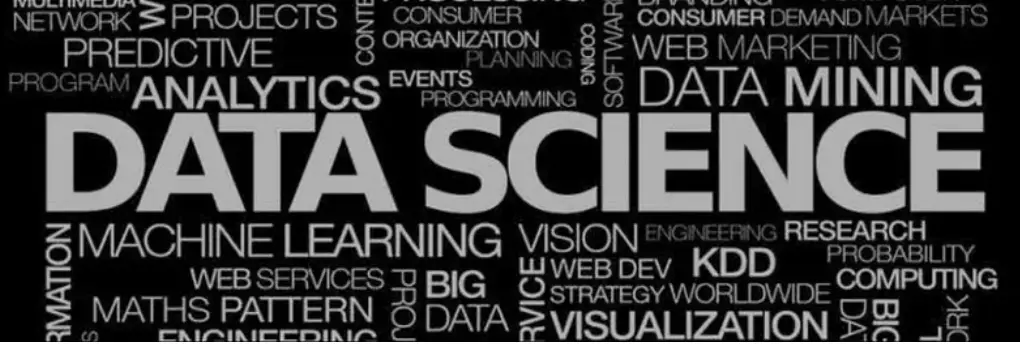The Dos and Don’ts of Time Series Data Analysis
Are you a data enthusiast, aspiring data scientist, or a seasoned analyst looking to enhance your skills? Dive into the world of time series data analysis, and join us as we explore the critical dos and don'ts that will help you navigate the complexities of this specialized domain.
Time series
Education
Data Science
Develearn
4 minutes
October 18, 2023
Introduction
When analyzing sequential data points like stock prices, weather changes, or customer sales across time, time series data analysis is a potent tool for gaining insightful knowledge. However, if you don’t adhere to best practices, it might be a difficult and complicated process. To make the most of this priceless resource, we’ll examine the dos and don’ts of time series analysis in this blog.

The Do’s
1. Understanding the data is step one.
It’s critical to have a thorough grasp of your time series data before beginning any analysis. Be aware of the setting, data gathering techniques, and any bias or noise sources. Your analysis and interpretation will be guided by this comprehension.
2. Visualize the Data:
To get a basic understanding of the patterns and trends in the data, create visualizations such as line plots, scatter plots, and histograms. Seasonality, trends, outliers, and possible data anomalies may all be found via visualization.
3. Data Preprocessing:
By addressing missing numbers, outliers, and any discrepancies, you can clean up your data. Time series data sometimes include missing or unevenly spaced observations, thus it is important to handle them carefully to prevent bias in your study.
4. Statitarize the data.
Working with stationary time series data is simpler. Check for trends and seasonality to ensure stationarity, and if required, use methods like decomposition or differencing to make the data stationary.
5. Select the Correct Model:
Choose a modeling approach that is suitable for your time series data. For deep learning-based analysis, common methods include LSTM (Long Short-Term Memory), Exponential Smoothing, and ARIMA (AutoRegressive Integrated Moving Average).
6. Cross-validation should be used.
Utilize approaches for cross-validation, such as time-based splitting, to verify the performance of your model. This guarantees that your model can generate precise predictions based on unobserved data.
7. Take into account seasonality:
Consider seasonal decomposition to isolate the seasonal component if your time series data shows seasonality (repeating patterns at set intervals). This might increase the model’s precision.
8. Assess Model Residuals
Look at the residuals (the discrepancy between predicted and actual values) to see whether your model still has any biases or tendencies. Model flaws may be found with the use of residual analysis.
The Don’ts:
1. Don’t Disregard Data Quality:
Unreliable data might provide unreliable findings. Before beginning any analysis, correct any mistakes, outliers, and missing data. Ignoring data quality problems may jeopardize the accuracy of your conclusions.
2. Be Careful Not to Overfit Your Model
By utilizing complicated models with too many parameters, avoid overfitting. On training data, overfit models perform well, but badly on fresh data. Techniques for regularization may aid in preventing overfitting.
3. Don’t Pretend Linearity:
Data from time series doesn’t always follow a straight line. Use suitable modeling methods, such as non-linear regression or neural networks, and be open to investigating nonlinear interactions.
4. Do not disregard autocorrelation:
Time series data often displays autocorrelation, wherein previous observations affect subsequent ones. Autocorrelation may be ignored to provide skewed model findings. Use Ljung-Box tests and autocorrelation plots to look for it.
5. Don’t overlook seasonality:
If seasonality exists, ignoring it might lead to false results. Make sure your model takes seasonality into consideration, whether it’s for daily, weekly, or yearly trends.
6. Don’t Ignore Validation:
Don’t only evaluate your model’s performance using in-sample measures. Cross-validation is a method for out-of-sample validation that may be used to assess how effectively your model generalizes to new data.
7. Be Patient with the Analysis
Time series analysis may take a while, and speeding through it might provide unsatisfactory findings. Spend some time extensively validating your conclusions, exploring the data, and testing other theories.
8. Remember Interpretability:
While complicated models may provide precise predictions, they could be difficult to understand. Balance the necessity to comprehend the fundamental causes influencing your time series data with the complexity of your model.
Conclusion
In conclusion, when done properly, time series data analysis may be a potent instrument for gaining insightful information. By adhering to these dos and don’ts, you may improve the accuracy and dependability of your time series analysis, which will eventually result in more informed choices and forecasts. To get the best results, remember that each time series dataset is distinct from the others. You may uncover the hidden patterns and trends in your time series data with the correct methods and a deliberate approach, giving you important information for your work or study.







